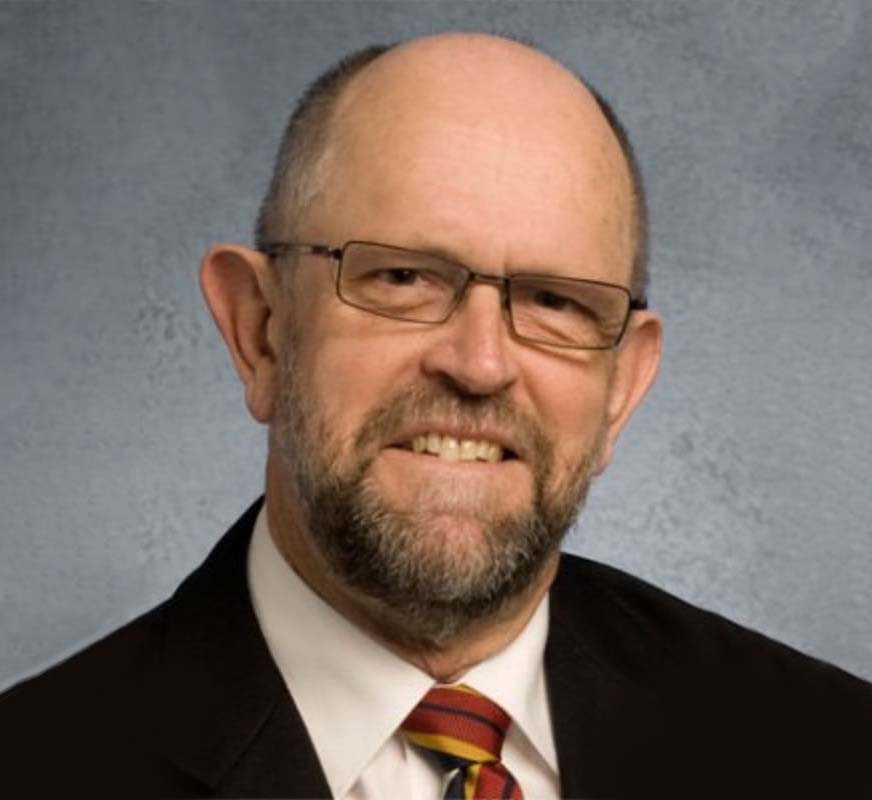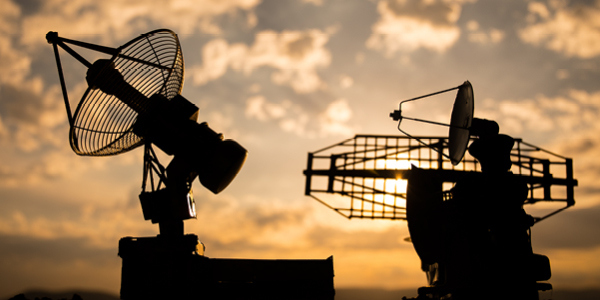By Dr Ken Anderson
Australia needs increased defence capabilities and enhanced self-reliance to play its part as a medium power in a rapidly changing global environment. To achieve this, innovation in science and technology is essential.
We need to be more effective in delivering home-grown defence systems designed to solve Defence’s unique capability challenges and help safeguard our national interests. To do this, we must foster stronger links between academia, industry and Defence.
Three landmark announcements in the past week send the strongest signal yet that the Federal Government sees this as an important strategic goal.
First, in unveiling Australia’s new security partnership with the UK and US, named AUKUS, the Government emphasised the importance of trilateral collaboration around defence technology, science and industry.
Second, the Defence and Foreign Affairs Ministers were in Washington for the 31st AUSMIN talks with US Secretary of State and Defense Secretary. They gave a firm commitment to strengthening Australia-US ‘’cooperation on science, technology, strategic capabilities, and defence industrial base integration’’.
And third, the Defence Industry Minister launched an independent review of defence innovation, science and technology to look at homegrown innovative capabilities.
These initiatives are welcome and necessary for Australia to be more agile and ready to address new threats and opportunities and to drive fit-for-purpose innovation to support Defence.
I have been privileged in my professional career to work on programs that bring together strategic and applied research and emerging science and technology for military applications that have provided improved performance, safety, reliability and sustainability of the ADF.
Precision long-range guided missiles are an ever-increasing component of the operational capability of Australia’s sea, land and air forces. These are crucial for Australia’s self-reliance. In the event of conflict, they are likely to be required on short notice. If they are supplied from other countries, we should expect long supply lines and large delays – delays that may be decisive. Therefore, we need to have local manufacture or very large stockpiles of these critical weapons.
Australia currently manufactures few guided weapons. However, the examples of NULKA, ESSM and JDAM show that we have the initiative, the expertise and the capability to design, develop and manufacture advanced weapons systems in Australia. These programs have demonstrated that Australian industry can provide world class performance, quality and value for money in complex weapons systems.
In an APSI report released earlier this year, Dr Marcus Hellyer says Defence has entered the ‘’age of missiles’’. He estimates the Australian Government will invest up to $100b over the next two decades in the Sovereign Guided Missiles Enterprise, generating thousands of jobs in research, engineering, design and manufacture.
In coming weeks, the Government is expected to name its strategic partner for this project to meet Australia’s guided weapons requirements and to provide export opportunities.
The Australian Missile Corporation (AMC) was founded by 100 per cent Australian-owned company NIOA. Its vision is to ‘’facilitate collaboration between industry partners, academia, state governments and Defence’’ as Australia seeks to develop a sovereign guided missiles program. The AMC offers the Federal Government a truly sovereign strategic partner, committed to helping it create new manufacturing jobs for Australians and pioneering technologies that can be developed and exploited in Australia.
Australia is known for its research and innovation. The challenge here is to exploit that capability in an area where the Government is planning to make substantial investments.
Dr Ken Anderson is a member of the Australian Missile Corporation Advisory Board. He is a former Chief of the Defence Science and Technology Group’s (DSTG) Air Vehicles and Aerospace Divisions and a former Air Force Scientific Adviser.



